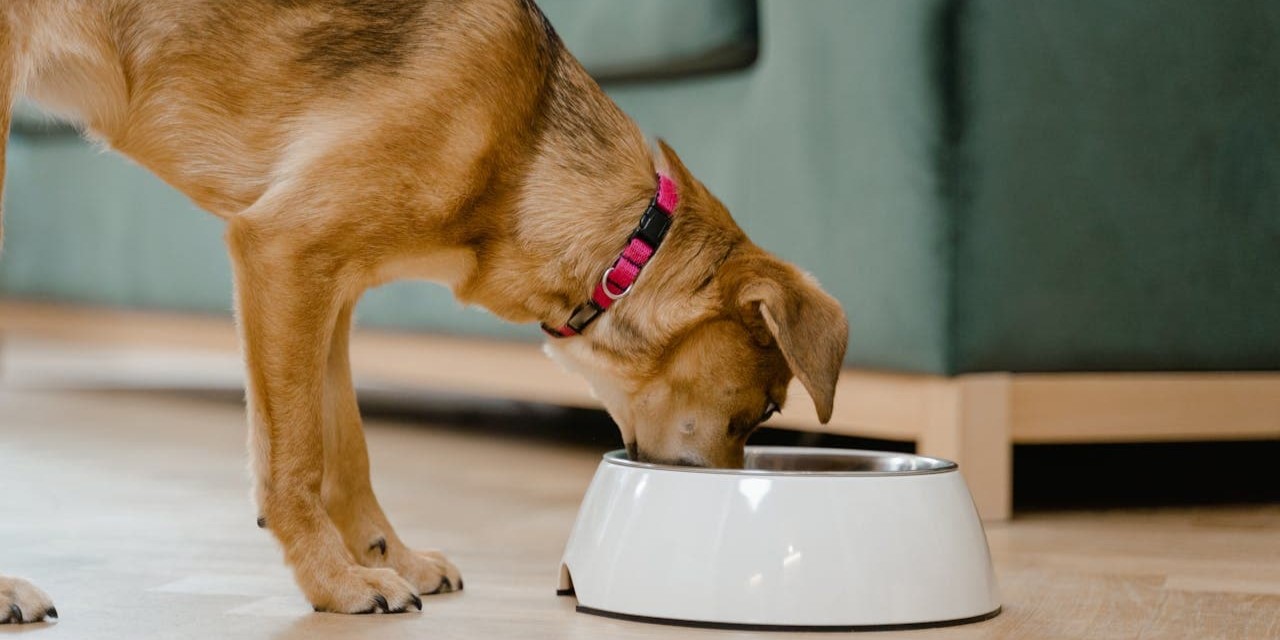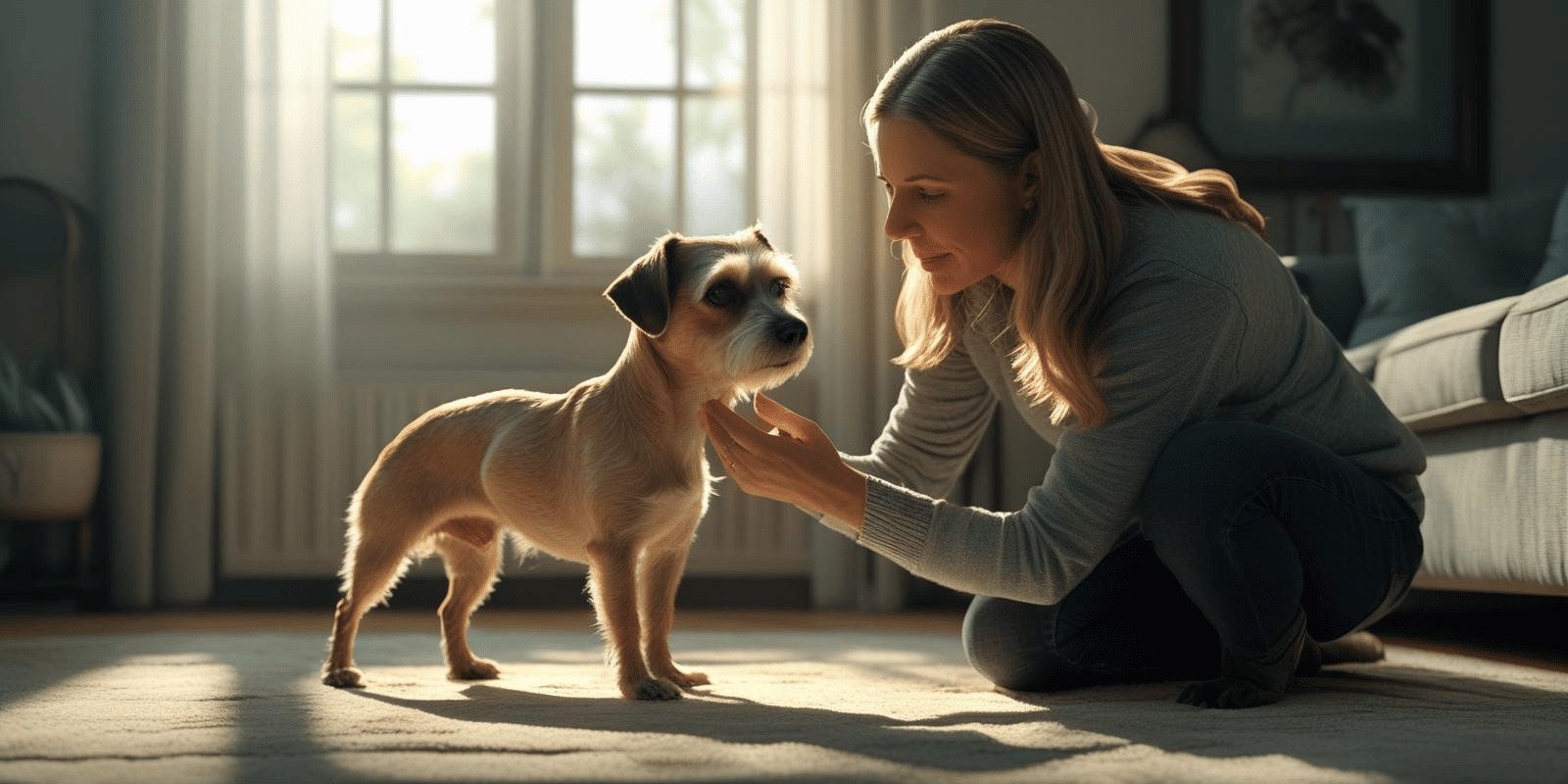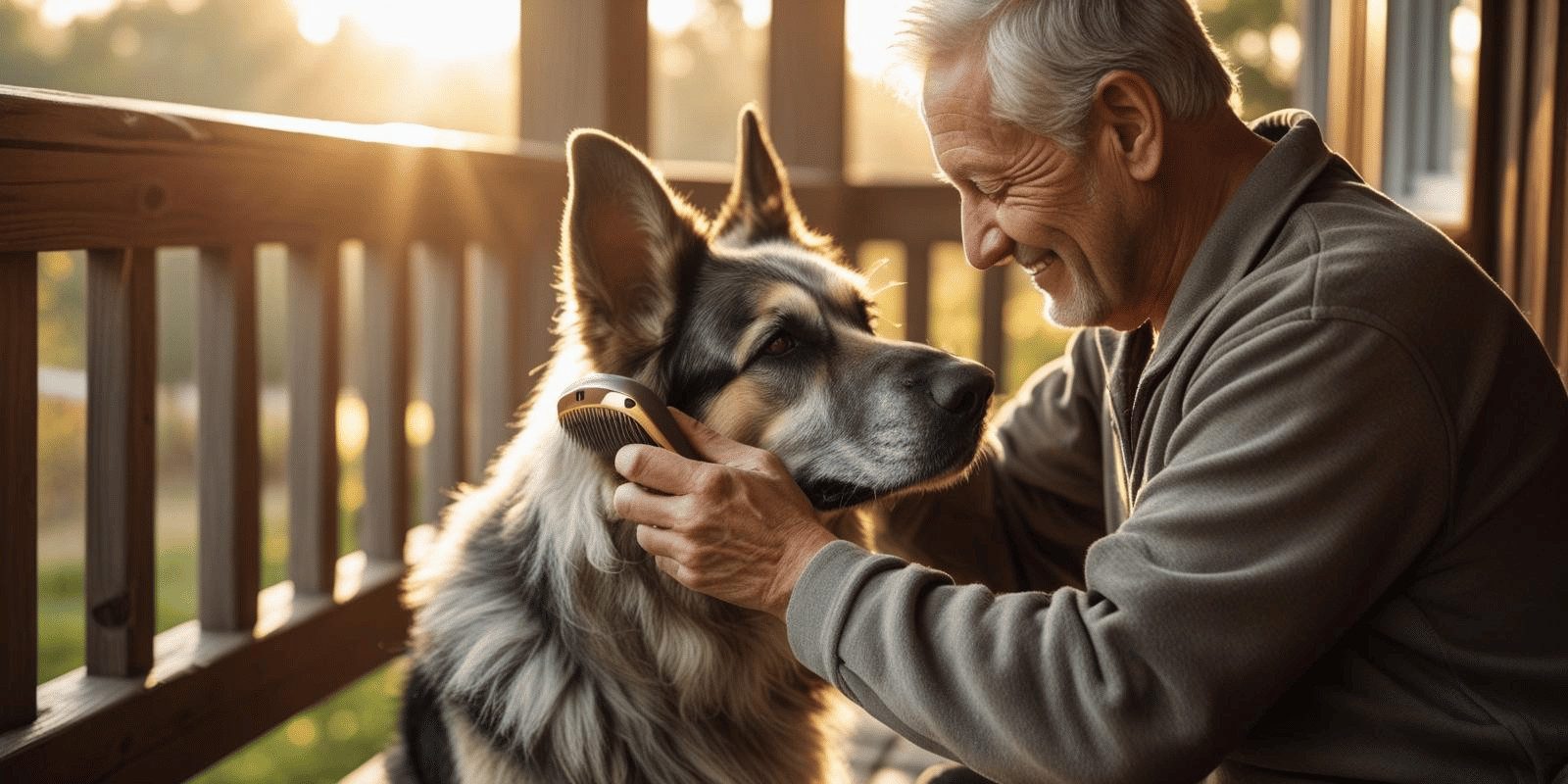Can Dogs Eat Chicken Hearts: Health Benefits Revealed
Are you curious whether chicken hearts can be a healthy treat for your dog? If you’ve ever wondered about adding something new and nutritious to your furry friend’s diet, chicken hearts might just be the answer. Can Dogs Eat Chicken Hearts — Yes and they can actually be a healthy addition to their diet when given in moderation. Packed with essential nutrients like taurine, iron, and B vitamins, chicken hearts are small but mighty morsels that support your dog’s heart health, muscle strength, and overall vitality. However, before you add chicken hearts to your dog’s meals, it’s important to understand how much is safe, the best way to prepare them, and any potential risks involved. Keep reading to discover everything you need to know about feeding chicken hearts to your dog—so you can make the best choice for your pet’s health and happiness. Credit: www.reddit.com Nutritional Profile Of Chicken Hearts Chicken hearts offer a unique nutritional profile that benefits dogs. These small organs pack a powerful punch of essential nutrients dogs need. They contain high-quality protein, important for muscle growth and repair. Chicken hearts also provide vital vitamins and minerals that support overall health. Protein Content In Chicken Hearts Chicken hearts are rich in protein, which helps build strong muscles. Protein also supports healthy skin and a shiny coat. Vitamins Found In Chicken Hearts These organs contain B vitamins like B12 and riboflavin. These vitamins help with energy production and support the nervous system. Minerals Present In Chicken Hearts Iron is abundant in chicken hearts, aiding red blood cell formation. Zinc and phosphorus also help maintain a healthy immune system and bones. Unique Nutrients: Taurine Taurine is an amino acid found in chicken hearts. It supports heart health and proper muscle function in dogs. Benefits For Canine Heart Health Chicken hearts offer unique benefits for dogs’ heart health. They contain important nutrients that support the heart muscle. Feeding chicken hearts can help maintain a strong and healthy heart. These small organs are packed with taurine, an amino acid crucial for heart function. Taurine helps regulate heartbeats and supports overall cardiac health. Many dogs can benefit from the taurine found in chicken hearts. Rich Source Of Taurine Taurine plays a key role in maintaining heart rhythm. Dogs need taurine for proper heart muscle function. Chicken hearts provide a natural and concentrated source of taurine. This helps prevent heart disease in dogs prone to taurine deficiency. High In Iron And B Vitamins Iron supports healthy blood and oxygen transport. B vitamins, especially B12, boost energy and heart health. Chicken hearts contain both iron and B vitamins in good amounts. These nutrients help keep your dog’s heart and muscles strong. Supports Muscle Strength Chicken hearts are a muscle meat rich in protein. Protein is essential for building and repairing muscles. Feeding chicken hearts supports your dog’s heart muscle and overall muscle tone. Strong muscles help dogs stay active and healthy. Essential Vitamins And Minerals Chicken hearts offer dogs a rich source of essential vitamins and minerals. These nutrients support overall health and keep your dog active. Feeding chicken hearts can add valuable nutrition to your dog’s diet in a natural way. Iron For Healthy Blood Chicken hearts contain high levels of iron. Iron helps carry oxygen in the blood. This supports energy and stamina. Dogs with low iron may feel tired or weak. B Vitamins For Energy And Immunity B vitamins in chicken hearts include B12, niacin, and riboflavin. They help turn food into energy. B vitamins also boost the immune system. This helps dogs fight off illnesses better. Taurine For Heart Health Taurine is an important amino acid found in chicken hearts. It supports strong heart muscles. Taurine helps maintain a healthy heartbeat. Dogs need taurine for good cardiovascular health. Zinc For Skin And Coat Zinc in chicken hearts promotes healthy skin and a shiny coat. It helps wounds heal faster. Zinc also supports the immune system. A lack of zinc can cause skin problems in dogs. Muscle Meat Vs. Organ Meat Understanding the difference between muscle meat and organ meat is important for your dog’s diet. Both types provide essential nutrients but serve different roles in health and nutrition. Muscle meat is the bulk of what dogs eat, while organ meat offers concentrated vitamins and minerals. Muscle meat mainly consists of protein and fat. It helps build strong muscles and provides energy. Organ meat, like chicken hearts, contains nutrients that muscle meat lacks. These nutrients support vital body functions and overall well-being. What Is Muscle Meat? Muscle meat is the flesh from animals’ muscles. It is the most common part found in dog food. This meat is rich in protein, which helps dogs grow and repair tissues. It also contains fats that supply energy for daily activities. Examples include chicken breast, beef steak, and pork loin. What Is Organ Meat? Organ meat comes from the internal organs of animals. It includes hearts, livers, kidneys, and lungs. This meat has high levels of vitamins such as A, B, and minerals like iron and zinc. Organ meat supports the immune system and helps maintain healthy blood and skin. Why Feed Both To Dogs? Feeding both muscle and organ meat creates a balanced diet. Muscle meat provides essential protein and energy. Organ meat delivers vital nutrients that muscle meat lacks. Together, they promote strong muscles, healthy organs, and good overall health for dogs. Safe Portion Sizes For Dogs Chicken hearts can be a healthy snack for dogs when given in the right amounts. Safe portion sizes depend on your dog’s size and daily diet. Too much can cause stomach upset or nutrient imbalance. Feeding the correct amount keeps your dog happy and healthy. Always introduce chicken hearts slowly and watch for any reactions. Use them as treats or meal toppers rather than full meals. Portion control helps maintain a balanced diet and prevents overfeeding. General Guidelines For Portion Sizes Start with a small amount, about one to two chicken hearts for small dogs. … Read more










